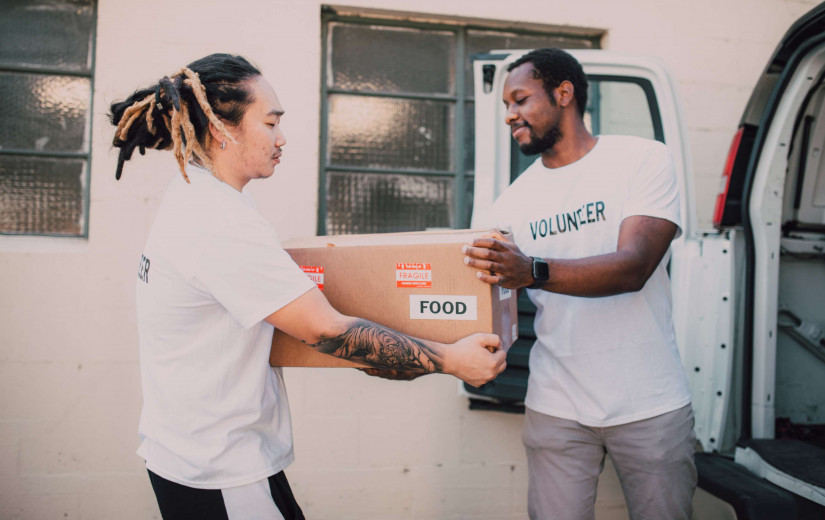The Hidden Dangers of Forever Chemicals in Our Food System
Forever chemicals, more formally known as per- and polyfluoroalkyl substances (PFAS), have become an increasing concern in our food system.
Though these man-made chemicals have been used for decades in products like nonstick cookware and stain-resistant fabrics, recent research is uncovering their shocking health and environmental impacts.
Let's explore how PFAS are infiltrating the food supply and what we can do to avoid exposure.
These persistent chemicals have earned the name “forever chemicals” because they don’t easily break down once released into the environment. PFAS are turning up everywhere from drinking water and soil to wildlife and human blood.
A new report from FoodPrint exposes just how pervasive PFAS have become in our food system specifically.
PFAS can migrate into food through contaminated soil and water used for agriculture. Elevated levels have been detected in meat, fish, dairy products, and even chocolate. Grease-resistant wrappers for fast food and microwave popcorn also leach PFAS into food.
The chemicals then bioaccumulate up the food chain, reaching higher concentrations in animals like fish that humans consume. This is concerning because studies link PFAS exposure to health issues like thyroid disease, decreased fertility, and cancer.
The FoodPrint report details how PFAS pollution is threatening the safety and security of our food supply.
So what can concerned consumers do? Here are some tips for avoiding PFAS in your diet:
- Limit consumption of fish, meat, and dairy, where PFAS accumulate.
- Avoid grease-resistant paper products like fast food wrappers.
- Check for PFAS-free labels when buying cookware.
- Grow your own produce in uncontaminated soil when possible.
- Filter drinking water to remove PFAS.
Stay tuned for more on the fight against forever chemicals threatening the future of our food.

















